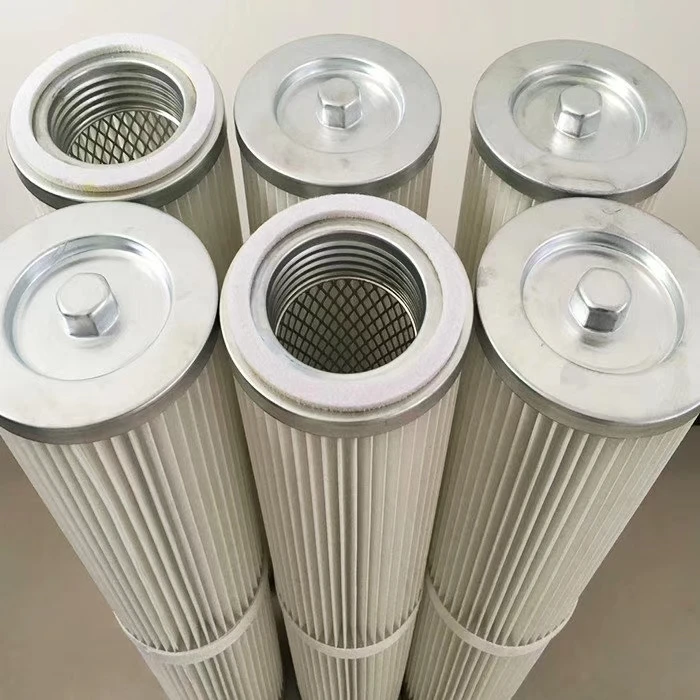Dec . 12, 2024 15:49 Back to list
low iron glass mirror
The Evolution and Benefits of Low Iron Glass Mirrors
Mirrors have always fascinated humanity. From the ancient reflecting pools to today's high-tech glass surfaces, mirrors hold a special place in art, science, and daily life. Among the various types of mirrors available, low iron glass mirrors have emerged as a popular choice for their clarity and versatility. This article delves into the evolution of low iron glass mirrors, their benefits, and the contexts in which they excel.
Understanding Low Iron Glass
To comprehend the advantages of low iron glass mirrors, it's essential to understand the material's composition. Traditional glass mirrors are made using glass with a substantial iron content. This iron presence not only provides a greenish tint but can also obscure the true colors and details of the reflected image. Low iron glass, on the other hand, is formulated with minimal iron content, resulting in a nearly colorless appearance. This high-quality material allows for higher light transmittance, thereby enhancing the mirror's reflective qualities.
Historical Context
The concept of mirrors dates back thousands of years. Early humans utilized polished surfaces of metals or water to see reflections. The production of glass mirrors can be traced to the ancient Romans, who created polished metal mirrors. However, it wasn't until the 16th century that glass mirrors became more commonplace in Europe, thanks to advancements in glass-making techniques. The development of low iron glass, particularly in the 20th century, revolutionized the industry, allowing for the production of mirrors with superior clarity.
Advantages of Low Iron Glass Mirrors
1. Superior Clarity and Color Accuracy One of the primary benefits of low iron glass mirrors is their exceptional clarity. The reduction in iron content results in a nearly neutral color profile, which means that the reflected images appear more accurate, true to life, and vibrant. This quality is especially crucial in applications such as photography, art displays, or interior design, where color fidelity is essential.
low iron glass mirror

2. Enhanced Light Transmission Low iron glass mirrors allow more light to pass through compared to standard glass. This characteristic is particularly useful in settings where brightness is key, such as in commercial spaces, retail environments, or even homes seeking to create a larger, brighter atmosphere. More light reflected off the surface can significantly enhance the overall aesthetic and functionality of a room.
3. Durability and Longevity Low iron glass mirrors are often treated with protective coatings, making them resistant to scratches and moisture. This durability extends the lifespan of mirrors, whether they are used in bathrooms, kitchens, or outdoor settings. Unlike traditional mirrors that may tarnish or lose their reflective quality over time, low iron mirrors maintain their performance and appearance for years.
4. Versatility Due to their clear and reflective nature, low iron glass mirrors can be utilized in various applications, including decorative mirrors, architectural mirrors, and even as a functional glass in modern interiors. Their versatility allows designers and architects to use them creatively, contributing to both aesthetic and functional goals in any space.
5. Eco-Friendly Options In today's environmentally conscious society, low iron glass is often made using sustainable practices. Some manufacturers utilize recycled materials, reducing the environmental impact of production. Additionally, the longevity of these mirrors means less frequent replacements, further lowering waste.
Applications of Low Iron Glass Mirrors
Low iron glass mirrors are found in numerous contexts, ranging from residential to commercial and even artistic applications. In homes, they are favored in bathrooms, bedrooms, and living spaces where a clean, bright reflection is desired. Commercially, these mirrors find favor in retail stores and showrooms where accurate color representation is crucial for product display. Furthermore, artists have begun incorporating low iron glass into their works, utilizing its clarity to create stunning visual effects.
Conclusion
In summary, low iron glass mirrors represent a significant advancement in mirror technology. Their superior clarity, color accuracy, durability, and versatility make them an excellent choice for various applications. As we continue to appreciate the beauty and functionality of mirrors in our daily lives, low iron glass will undoubtedly play a vital role in shaping our reflections for years to come. Whether for aesthetic purposes, practical uses, or artistic endeavors, the low iron glass mirror stands as a testament to the evolution of reflective surfaces, merging art with science for a brighter, clearer future.
-
Safety and Style with Premium Laminated Glass Solutions
NewsJun.24,2025
-
Reinvents Security with Premium Wired Glass
NewsJun.24,2025
-
Premium Float Glass Line for Modern Architecture
NewsJun.24,2025
-
Low Emissivity Glass for Energy-Efficient Architecture
NewsJun.24,2025
-
High-Performance Insulated Glass Solutions for Modern Architecture
NewsJun.24,2025
-
Elevates Interior Style with Premium Silver Mirror
NewsJun.24,2025
Related PRODUCTS














